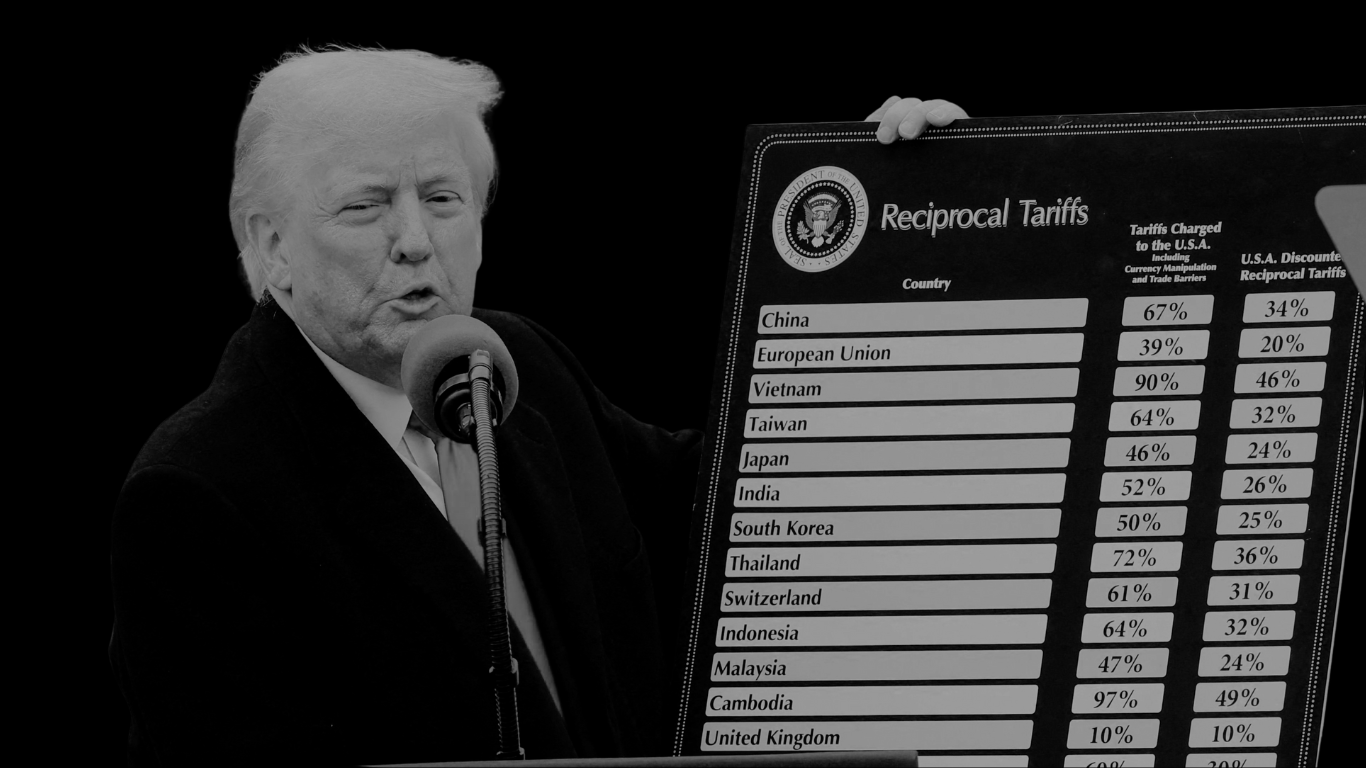From 6th April 2022 to 5th April 2023 National Insurance contributions will increase by 1.25%. This was announced by the UK government on the 7th September 2021, in response to the huge amounts of borrowing attributed to the COVID-19 pandemic and subsequent lockdowns, which need to be recouped. The increase amount is to be directly given to the NHS and social care institutions in the UK.
The increase is a temporary measure to both the main and additional rates of Class 1, Class 1A, Class 1B and Class 4 National Insurance contributions for the 2022 to 2023 tax year. In April 2023, as the new tax year begins, this increase will drop back down to its normal rate, however it is to be replaced by the Health and Social Care levy. This revenue will be ringfenced to support UK health and social care bodies. The new Health and Social Care Levy will be subject to the same reliefs, thresholds, and requirements of the qualifying National Insurance contribution (Class 1, Class 1A, Class 1B or Class 4) in respect of which the levy is payable.
We break down who is to be affected by the new increase and subsequent levy, the different rate changes depending on income salary, and the predicted impact to the economy, healthcare and individuals following the changes.
What Is The National Insurance Increase & Who Does It Affect?
From 6 April 2022 to 5 April 2023 National Insurance contributions will increase by 1.25%. This will be spent on the NHS and social care in the UK.
The increase will apply to:
- Class 1 (paid by employees)
- Class 4 (paid by self-employed)
- secondary Class 1, 1A and 1B (paid by employers)
The increase will not apply if you are over the State Pension age. The new tax rates based on income salary are as follows:
- People earning £10,000 a year currently pay £52 – this will be increased by £5 more each year to £57.
- People earning £20,000 a year currently pay £1,251 – this will be increased by £130 more each year to £1381.
- People earning £30,000 a year currently pay £2,452 – this will be increased by £255 more each year to £2707.
- People earning £40,000 a year currently pay £3,652 – this will be increased by £380 more each year to £4032.
- People earning £50,000 a year currently pay £4,852 – this will be increased by £505 more each year to £5357.
If in employment, the employer will take it from the employee’s wages before they get paid. Payslips will show all contributions. A director of a limited company may also be their own employee and therefore pay Class 1 National Insurance through PAYE payroll.
For those self-employed, class 2 and class 4 national insurance will be paid, depending on profits. Most self-employed pay both through annual self-assessment. It is possible to pay voluntary contributions to avoid gaps in National Insurance record if you:
- have profits of less than £6,515 a year from self-employment
- have a specific job (such as an examiner or business owner in property or land) and do not pay Class 2 National Insurance through self-assessment.
Why Have The Government Chosen To Increase National Insurance & Introduce The Health and Social Care Levy?
The UK government’s policy paper, published on 9th September 2021, states, ‘The government is committed to responsible management of the public finances. The plan for health and social care set out by the Prime Minister and Secretary of State for Health and Social Care will lead to a permanent increase in spending. It would be irresponsible to meet these costs through higher borrowing, particularly in the context of record borrowing and debt to fund the economic response to COVID-19. The Government has therefore taken the decision to increase taxation. All parts of the UK need a long-term solution to funding health and social care. This levy provides a UK-wide approach which enables us to pool and share risks and resources across the UK, leveraging the benefits of the Union for all our citizens.’
What Is The Expected Impact Of The National Insurance Increase & Health and Social Care Levy?
The measure is anticipated to have a significant macroeconomic impact, with consequences including but not limited to earnings, inflation and company profits. Behavioural effects are likely to be large, and these will include decisions around whether to incorporate or not, as well as business decisions around wage bills and recruitment.
The levy will be paid by employed and self-employed individuals earning above the Primary Threshold and Lower Profits Limit (£9,568 in 2021 to 2022 tax year). In the 2022 to 2023 tax year, an individual earning the median basic rate taxpayer’s income of £24,100 would be expected to pay an additional £180; whilst an individual earning the median higher rate taxpayer’s income of £67,100 would be expected to pay an additional £715.
Actual losses for individual taxpayers will vary according to individual circumstances. There may be an impact on family formation, stability, or breakdown as individuals, who are currently just about managing financially, will see their disposable income reduce.
This measure is expected to have a significant impact on over 1.6 million employers who will be required to introduce this change. One-off costs will include familiarisation with the change and could also include updating software or systems to reflect the change.
This measure is also likely to disproportionately impact individuals whose income is predominantly made up of earnings or profits, as opposed to other forms of income such as property income, pension income or savings. This is because the Health and Social Care Levy, as well as National Insurance contributions, is not charged on those forms of income.
We hope this has outlined exactly what the National Insurance increase is, as well as the following Health and Social Care Levy. If you require any further information on other government tax schemes, or anything accounting related for that matter, please don’t hesitate to get in contact with us at Nordens where one of our trusted advisors would be happy talking you through your query.









































































































































































































































































































































































































































































































